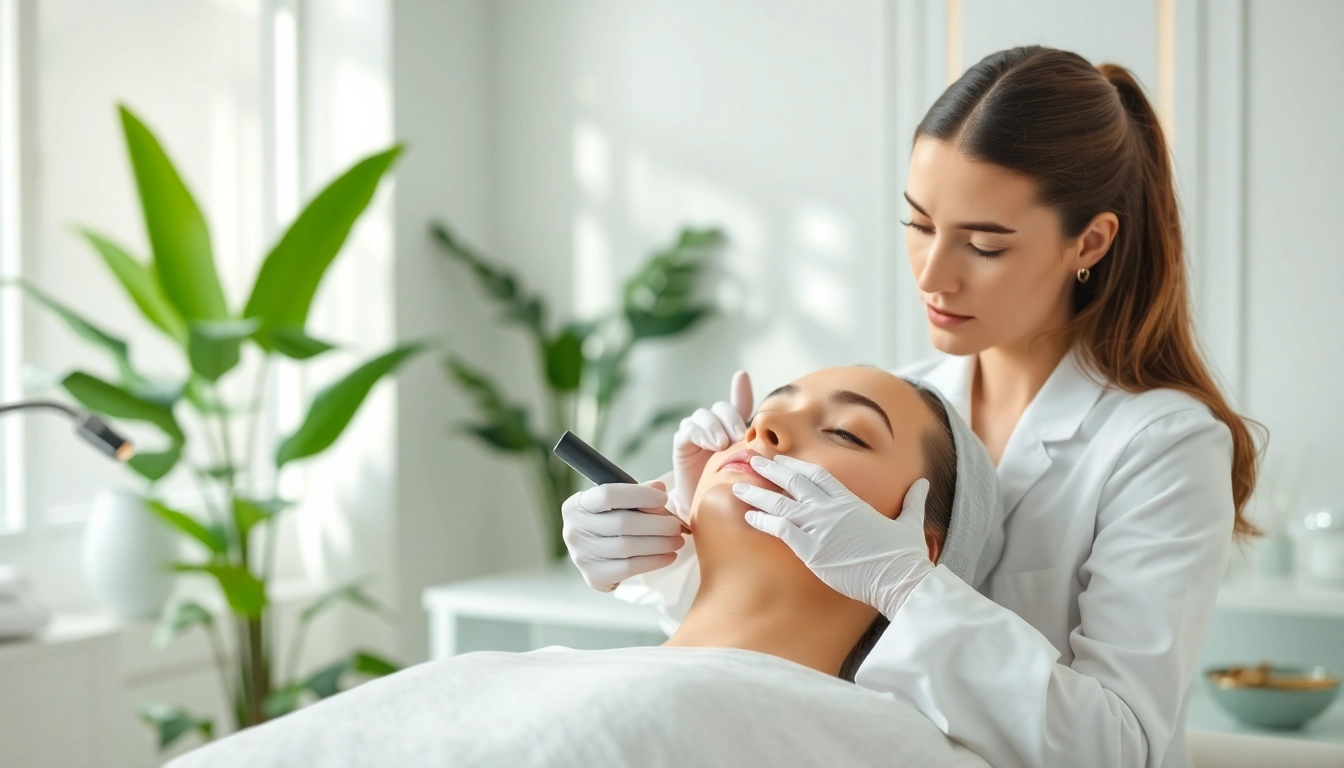What is Testosterone Replacement Therapy?
Definition and Goals of Testosterone Replacement Therapy
Testosterone Replacement Therapy (TRT) is a medical intervention used to address low testosterone levels, a condition known as hypogonadism. Low testosterone, or low-T, can occur due to various factors, including age, genetic predispositions, chronic illnesses, or other hormonal imbalances. The primary goal of Testosterone Replacement Therapy is to elevate testosterone levels to a normal range, helping to alleviate symptoms associated with its deficiency, such as fatigue, reduced libido, depression, and loss of muscle mass. By restoring testosterone to healthy levels, TRT seeks to enhance the overall quality of life in men affected by low testosterone.
Who is a Candidate for Testosterone Replacement Therapy?
Identifying candidates for TRT involves a thorough medical assessment, including blood tests to measure testosterone levels. Generally, men diagnosed with symptomatic hypogonadism are potential candidates. Symptoms may include:
- Persistent fatigue or decreased energy levels
- Low libido or erectile dysfunction
- Depressive mood or irritability
- Loss of muscle mass and strength
- Increased body fat
TRT is primarily recommended for adult males, particularly those experiencing difficulties related to low testosterone. However, some women may also benefit from testosterone treatment for specific medical conditions, although this is less common and warrants careful evaluation.
Types of Testosterone Replacement Therapy Available
TRT is available in several forms, each with distinct advantages and considerations:
- Injections: Testosterone can be administered through intramuscular or subcutaneous injections, typically administered at intervals ranging from every few weeks to months.
- Patches: Transdermal patches deliver testosterone through the skin, providing a steady release of the hormone over 24 hours.
- Gels: Topical testosterone gels are applied to the skin, allowing for absorption and maintaining stable testosterone levels.
- Pellets: Small pellets containing testosterone can be implanted under the skin, releasing the hormone gradually over several months.
Each method varies in convenience, absorption rates, and side effects, making the choice of therapy personalized to meet individual needs and lifestyle preferences.
Benefits of Testosterone Replacement Therapy
Physical Health Improvements from Testosterone Replacement Therapy
The physical benefits of TRT are widely documented. Research shows that achieving optimal testosterone levels can lead to marked improvements in several areas:
- Increased Muscle Mass: Testosterone is crucial for muscle development. Men undergoing TRT often report an increase in muscle size and strength.
- Fat Loss: Adequate testosterone levels are linked with improved body composition, leading to fat loss, particularly visceral fat.
- Bone Density: Testosterone plays a vital role in maintaining bone health. TRT can aid in increasing bone density, reducing the risk of fractures.
- Improved Libido and Sexual Function: Many men experience enhanced sexual desire and performance following testosterone therapy.
Mental and Emotional Benefits of Testosterone Replacement Therapy
In addition to physical health, TRT positively affects mental and emotional well-being. Increased testosterone levels have been associated with:
- Enhanced Mood: Patients often report reductions in depressive symptoms and mood swings after initiating therapy.
- Improved Cognitive Function: Testosterone is believed to affect cognitive abilities such as memory, focus, and spatial awareness. Some men note heightened mental clarity upon starting TRT.
- Boosted Confidence: Many individuals experience increased self-esteem and confidence, contributing to better quality of life.
Enhancing Quality of Life with Testosterone Replacement Therapy
The overarching objective of TRT is to enhance the patient’s quality of life. By addressing both physical and psychological symptoms associated with low testosterone, patients often find a renewed sense of vitality. Activities previously enjoyed may become more attainable and pleasurable, including exercise, social interactions, and intimacy. These improvements contribute to a fuller, more satisfying life.
Risks and Side Effects of Testosterone Replacement Therapy
Common Side Effects Experienced
While TRT can provide significant benefits, it’s essential to acknowledge potential side effects that may occur. Common side effects include:
- Acne and oily skin
- Sleep disturbances, including sleep apnea
- Increased body hair or changes in hair texture
- Breast tissue enlargement (gynecomastia)
- Fluid retention leading to swelling in the ankles or feet
Most side effects can be managed through adjustment of therapy or the method of administration. Regular monitoring is necessary to ensure patient safety.
Long-term Health Risks Associated with Testosterone Replacement Therapy
The long-term use of TRT raises some concerns that patients should discuss with their healthcare provider. Potential risks include:
- Cardiovascular Issues: Some studies have suggested a link between TRT and an increased risk of cardiovascular events, although findings are mixed and ongoing research is needed.
- Prostate Health: Testosterone can stimulate prostate tissue, raising concerns about prostate cancer risk. Regular screening is recommended for men undergoing TRT.
- Fertility Effects: TRT can suppress natural testosterone production, resulting in reduced sperm production and fertility issues in some men.
Patients are encouraged to weigh the benefits and potential risks of therapy collaboratively with their healthcare providers to make the best-informed decisions.
How to Monitor Health During Testosterone Replacement Therapy
Regular monitoring is critical for anyone on TRT. Standard follow-up measures often include:
- Routine blood tests to measure testosterone levels and assess other blood parameters, including hematocrit (to monitor for increases in red blood cells).
- Prostate-specific antigen (PSA) testing to evaluate prostate health.
- Regular health assessments focusing on cardiovascular health and changes in overall well-being.
This ongoing evaluation helps ensure that treatment remains safe and effective while addressing any arising health concerns promptly.
How to Start Testosterone Replacement Therapy
Consulting with Healthcare Professionals for Testosterone Replacement Therapy
The first step in starting TRT is to consult a qualified healthcare professional. A comprehensive evaluation will include a review of medical history, physical examination, and specific blood tests to measure testosterone levels. It’s crucial to find a healthcare provider experienced in hormone replacement therapies to discuss all options available.
Preparing for Your First Testosterone Replacement Therapy Appointment
Before attending your initial appointment, consider the following preparations:
- Make a list of symptoms experienced and how long they’ve been present.
- Gather relevant medical history, particularly any history of hormone treatments, chronic conditions, and medications currently taken.
- Prepare questions to address concerns about therapy, including potential side effects and expected outcomes.
Being well-prepared enhances the consultation, allowing for a more productive discussion regarding your health needs.
Cost and Accessibility of Testosterone Replacement Therapy
Cost can vary considerably based on type of treatment, insurance coverage, and location. Many insurance plans provide coverage for medically necessary TRT, though some treatments may not be included. It’s advisable to check with your insurance provider regarding specific benefits. Additionally, patients should inquire about the financial aspects during their initial consultation, as they may qualify for patient assistance programs or alternative payment plans.
Future of Testosterone Replacement Therapy
Recent Advances in Testosterone Replacement Therapy Research
Ongoing research into TRT is yielding new insights and improving treatment protocols. Recent studies are examining the long-term effects of TRT, alternative delivery methods, and patient-centered approaches to monitoring therapy. Progress in understanding the hormonal pathways involved in testosterone regulation may lead to more targeted therapies with fewer side effects.
Emerging Trends in Testosterone Replacement Therapy Options
As the field continues to evolve, new forms of testosterone delivery are being developed. These include oral formulations and more advanced transdermal systems that may offer increased efficacy and convenience. Notably, the introduction of bioidentical hormones aims to provide a more natural approach to hormone replacement.
Patient Perspectives: Experiences with Testosterone Replacement Therapy
Patient feedback regarding TRT plays a significant role in shaping future therapies. Many men report positive outcomes and improvements in their overall sense of well-being. However, experiences may vary widely; thus, personal stories can provide valuable insights into the process and individual responses to treatment. These perspectives contribute profoundly to the shared knowledge base and help guide others considering hormone therapy.



